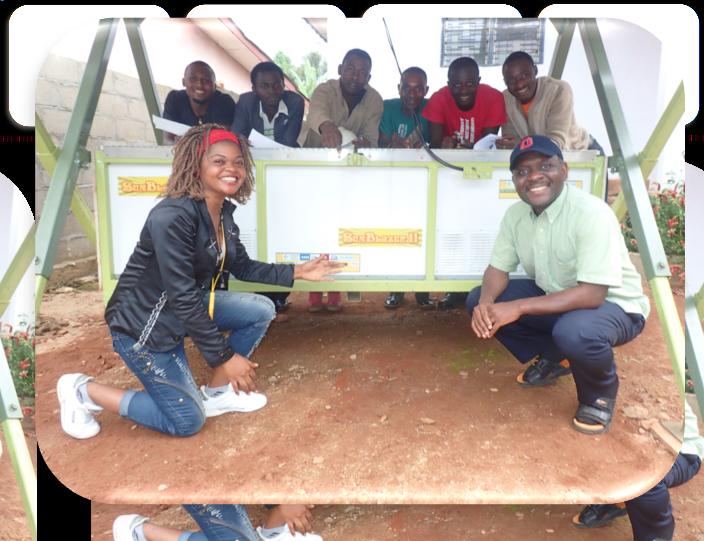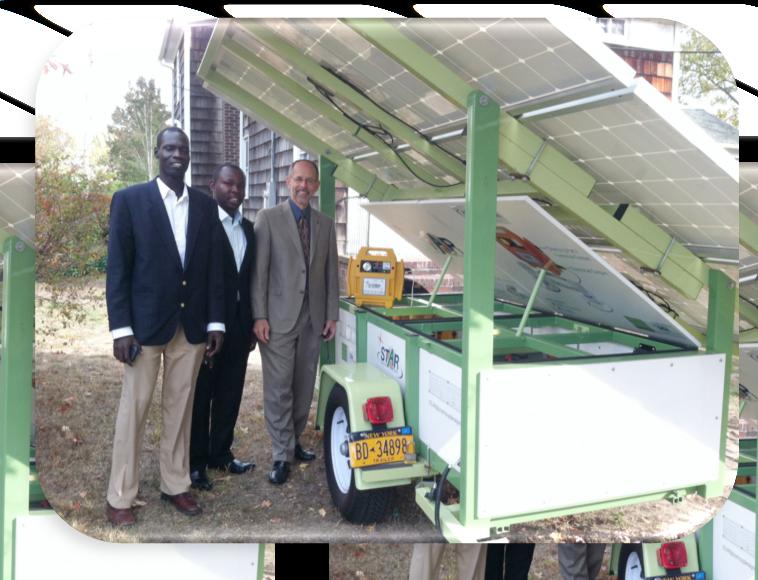SunBlazer II
SunBlazer II, the IEEE Smart Village flagship product, is a modular, easy-to-install PV solar-based community charging station.
Since its inception, IEEE Smart Village has worked to perfect the SunBlazer II and hone its franchise model for providing off-grid energy in less developed country (LDC) economies. It has also studied integrated LDC goods and services since electricity alone cannot deliver holistic development.
IEEE Smart Village relates across boundaries, incubates new designs most suitable among LDCs, demonstrates sustainable local market enterprise, and educates among linked learning communities.
These goals draw principally on the work of IEEE engineers and partner educators. IEEE Smart Village aims to deliver just and sustainable development, including education that links learning communities from LDCs and the global north to support expanded deployment of SunBlazers and introduce a longer-term process for growing the human capacity of smart villages.
Simultaneously, reciprocal learning will enrich the knowledge and experience of students, engineers, and development practitioners globally.
How it Works
The SunBlazer II, a mobile solar power 1.5kW base station, is a highly adaptable unit including rechargeable battery packs and home lighting kits with an auxiliary outlet for other DC powered devices.
Each kit lights up two rooms and operates auxiliary 12V DC loads. Each station can charge 80 battery packs every three to four days to serve an estimated 500 people.
The generator also accepts AC backup input from a wind turbine or small diesel generator; and is configurable to other load options such as schools, churches, community centers, clinics, coolers, small businesses, and internet connectivity.
The unit is designed to work with a franchise-type business model where it is leased to operators and monitored and maintained by trained personnel.


The benefits of SunBlazer II include:
- optimizes simplicity of operation,
- immediate deployment with no infrastructure at the site,
- high reliability,
- high light output suitable for a family, proven affordability at lower cost than kerosene and candles,
- and high pride of ownership by both operators and customers.
SUNBLAZER II UNIT SPECIFICATIONS
| SPECIFICATIONS | MECHANICAL |
|---|---|
| Dimensions | (Transport) 87”L x 49”W x 62”H (Setup) 130”L x 117” W x 120”H |
| Weight | 2200 lbs. (6 solar panels, 4 station batteries) |
| Sun Angle Adj. | -20 to +45 deg. |
| Terrain Requirement | Flat to 20 deg. slope with adjustable telescoping legs |
| Stability | Wind tested to 90 mph, solar panels can be tilted to zero deg. for higher winds |
| Frame Construction | 1/8” and 3/16” thick steel box tubing, painted or galvanized |
| Enclosure Construction | 1⁄2” PVC panel and sealed plywood floor (Steel floor optional) |
| Mobility | Self-Contained shipping box, self-erecting, wheel set available for hand push |
| Security | Electronics and station batteries are accessible only by operator |
| Typical set-up time | 3 – 5 hrs. 4 people |
| SPECIFICATIONS | ELECTRICAL |
|---|---|
| Solar panels | Six 300 watt panels for 1,800 watts total (expandable upon request) |
| Solar Generation (six panels) | 9 kWh/day in equatorial regions |
| Station Batteries | 10 to 20 kWh @ 80% DoD, AGM or GEL cells, 24 or 48 volt bus |
| Solar Charge Controller | 3 stage PWM or high efficiency MPPT, temperature compensated, automatic load disconnect if batteries are low and re-connection upon charge |
| Sub Chargers for Universal Portable Battery Kits (UPBK’s) | 10 or 20 charging channels for 12V 9 to 18 Ah UPBK batteries. Each channel has 3 stages with LED indication of voltage/current/completed charge. Each channel has on-demand “restore charge” as needed to help extend cycle life. |
| UPBK Charge | time/capacity 4 hr. charge time with capacity to support 80 – 18Ah UPBK’s per 48 hrs. |
| AC Output (optional) | 1500 watts at 230 VAC 50 or 60 Hz |
| AC Input (optional) | 1000 watt battery charger if standby generator or grid AC is accessible |
| Security | Electronics and station batteries are accessible only by operator |
| Typical set-up time | 3 – 5 hrs. 4 people |

